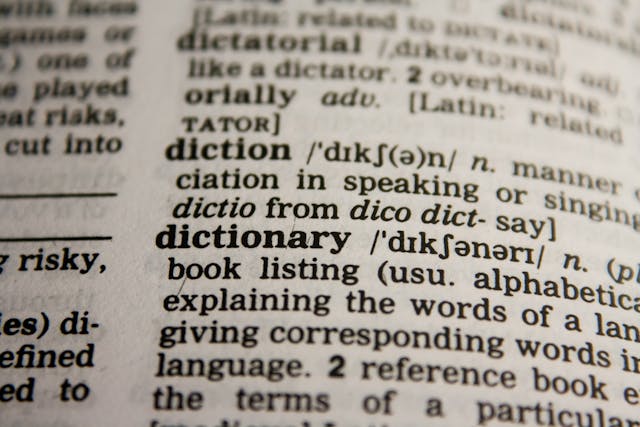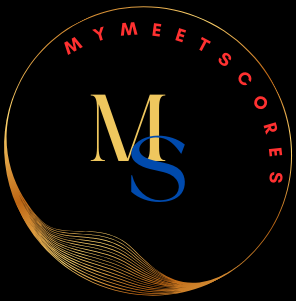Understanding Physiology Definition: Unveiling the Science of Life
Physiology Definition Explained

The physiology definition encompasses the medical observation of how residing organisms are characteristic. It explores the mechanisms and approaches that allow organisms to maintain homeostasis, respond to stimuli, grow, and reproduce. Physiology spans various levels of biological enterprise, from molecular interactions inside cells to the integrated functioning of organ systems in multicellular organisms.
Branches of Physiology
Within the area of body structure definition Several branches focus on distinct components of organic features. These encompass neurophysiology, which specializes in the frightened system and its roles in sensory belief and motor control. Another branch, cardiovascular physiology, examines the capabilities of the coronary heart and blood vessels in flow and oxygen delivery. Each branch contributes to our comprehensive understanding of ways distinct systems work collectively to preserve lifestyles.

Physiology, the examine of ways dwelling organisms function, encompasses numerous branches that explore wonderful aspects of organic strategies. Neurophysiology delves into the nervous machine’s capabilities and its role in transmitting indicators at some stage in the body, elucidating mechanisms of sensation, movement, and cognition. Cardiovascular physiology investigates the tricky workings of the coronary heart and blood vessels, inspecting elements influencing move, blood pressure law, and cardiac feature.
Respiratory body structure makes a specialist of the mechanisms of respiratory, including gasoline alternate in the lungs and the role of respiration muscle tissue in ventilation. These branches collectively make a contribution to our information of ways organisms preserve homeostasis and adapt to their environments through complex physiological mechanisms.
Applications of Physiology

The programs of physiology definition increase throughout diverse fields, from medication and healthcare to sports activities science and environmental biology. Medical experts depend upon physiological understanding to diagnose and treat illnesses, understanding how disruptions in physical features can lead to infection. In sports technological know-how, expertise physiological responses to workout enables optimize schooling regimens and beautify athletic performance. Even environmental physiologists observe how organisms adapt to their habitats primarily based on physiological adaptations.
Historical Evolution of Physiology
The study of physiology definition has a rich historic historical past, a relationship lower back to historical civilizations consisting of Egypt and Greece. Early scholars made sizable contributions to knowledge of simple physiological techniques, laying the basis for modern-day clinical inquiry. Over centuries, improvements in era and technique have multiplied our understanding, allowing more particular investigations into complex physiological phenomena.

The historical evolution of physiology traces a rich narrative of scientific inquiry into the inner workings of living organisms across centuries. Originating with ancient civilizations’ rudimentary observations and theories about bodily functions, such as those found in Egyptian and Greek medical texts, physiology gradually advanced through the Middle Ages and Renaissance with pioneering anatomical studies by figures like Galen and Vesalius.
The Scientific Revolution spurred further progress, integrating empirical experimentation and anatomical dissections that laid the groundwork for understanding physiological processes. The 19th and 20th centuries marked rapid expansion with the discovery of cellular and molecular mechanisms, catalyzing modern disciplines like neurophysiology and molecular biology. Today, the field continues to evolve, propelled by interdisciplinary collaborations and technological advancements, shaping our profound understanding of life’s fundamental processes and their implications for health and medicine.
Current Trends in Physiology Research
In modern times, body structure definition studies maintain conformity unexpectedly. Emerging fields consisting of structures biology combine physiological statistics with computational fashions to simulate organic processes and are expecting results. Researchers additionally discover interdisciplinary techniques, combining physiology with genetics, biochemistry, and biomechanics to resolve complex mechanisms governing health and ailment.
Conclusion
In end, body structure definition serves as a cornerstone inside the observer of existence sciences, presenting profound insights into the mechanisms that preserve living organisms. From know-how cell strategies to elucidating the capabilities of entire organ systems, body structure plays a pivotal role in advancing clinical treatments, improving athletic overall performance, and addressing environmental demanding situations. As scientific know-how expands, so too does our appreciation for the complexities of physiological systems and their effect on human and environmental health.



